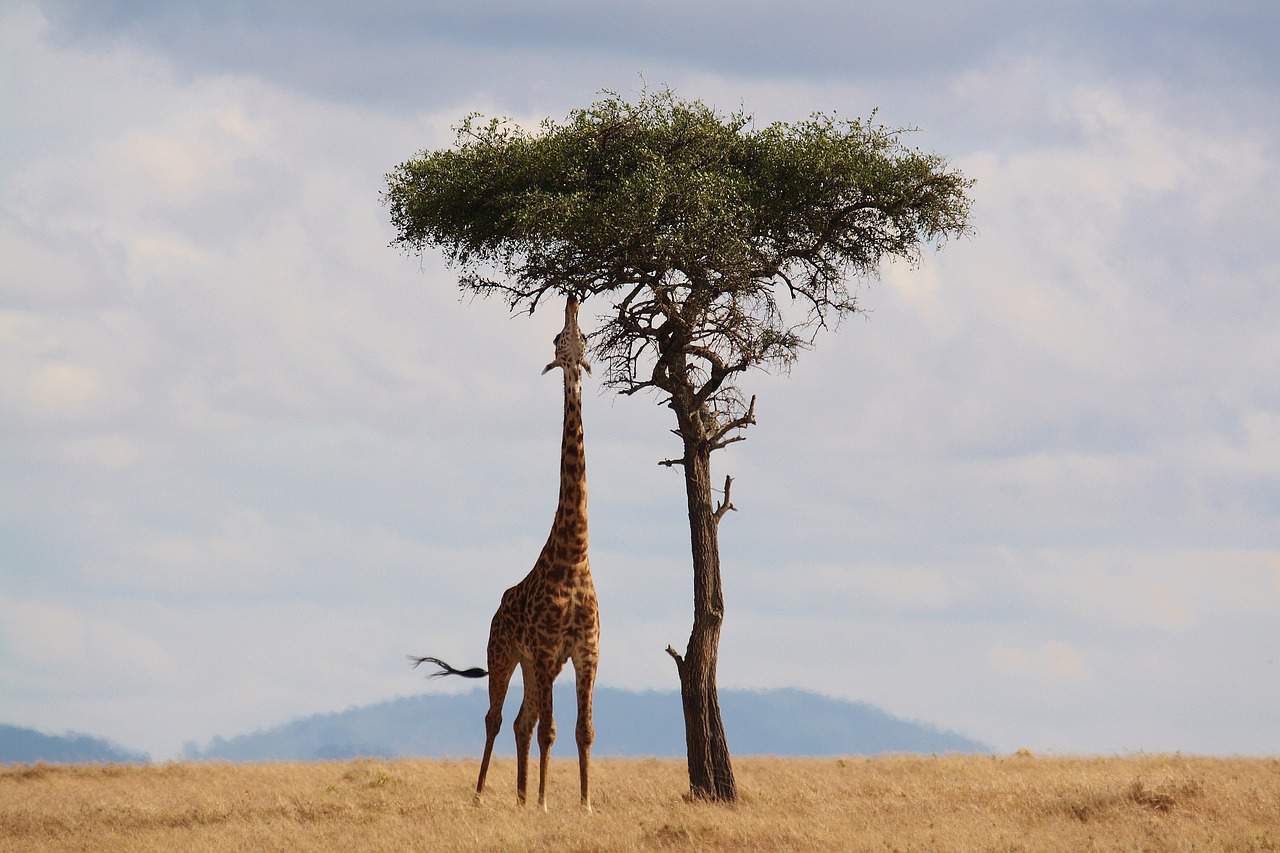
Hwange National Park is located in Zimbabwe and covers an area of 7,800 sq km. It’s the largest national park in Zimbabwe, as well as one of the largest game reserves in Africa.
Hwange lies within Matabeleland North, in the south-western part of Zimbabwe (a landlocked country). The park gets its name from the Shona word for “large ironwood tree”. Hwange has many different landscapes including grasslands and woodlands that support a wide range of animal species including lions and elephants.
Hwange National Park is the largest game reserve in Zimbabwe, covering an area of 7,800 square kilometres. It’s home to an incredible variety of wildlife and has some of the finest game viewing safari lodges in the world.
The park was established in 1928 as a hunting ground for white hunters and their clients, but today it welcomes visitors from around the globe who come here to experience what many consider one of Africa’s most exciting safaris!
The climate is hot and dry, with temperatures on average between 20-30 degrees Celsius throughout the year. The weather can be unpredictable at times, but it’s generally sunny during the day and cool at night. There are no seasons in Zimbabwe: summer lasts from December to February while winter runs from June to September.
Hwange National Park offers a wide range of accommodation options to suit different travellers. The north part is for more adventurous travelers who want to explore wilderness areas, while the south part offers luxury accommodation at one of the many five star lodges within the park.
The south part of Hwange National Park, which is where you will find your luxurious five star lodges, is the most beautiful area of Hwange. You can go on game drives and walking safaris from these luxury spots.
The north part of Hwange National Park has some wonderful campsites but they don’t have the same level of luxury as those found in the south. However if you are planning on camping then this might be better for you than staying at one of the many five star lodges within Hwange National Park
In this section, we’ll cover some of the basics.
We hope that this article has helped you to plan for your next trip to Hwange National Park. We know how exciting it can be, but also how overwhelming! There are so many things to consider when planning a safari – from where you’re going and what kind of accommodation suits your budget, right through to packing for the adventure ahead. But don’t worry – we’ve got plenty more articles here on our blog all about planning an African adventure!